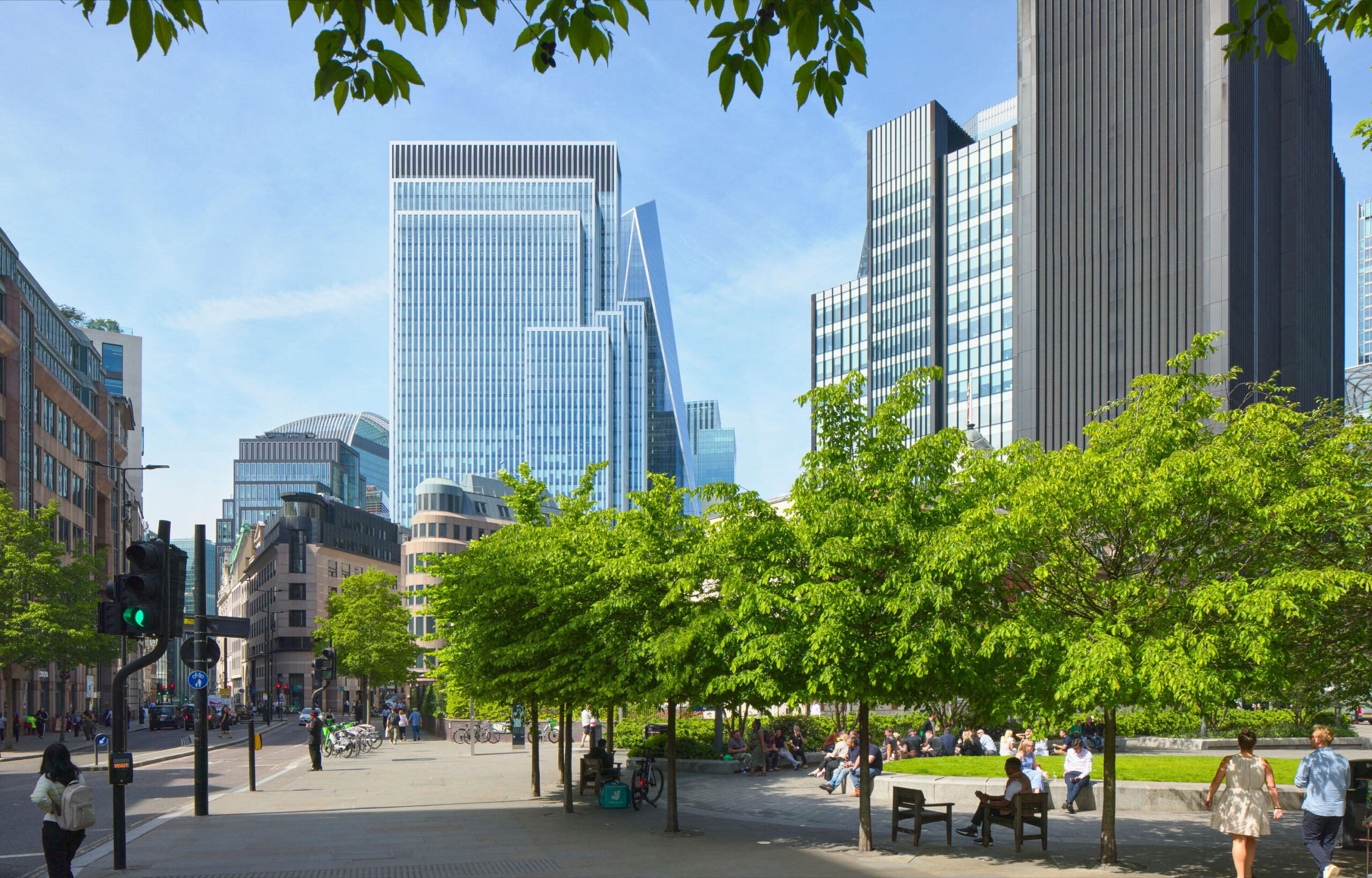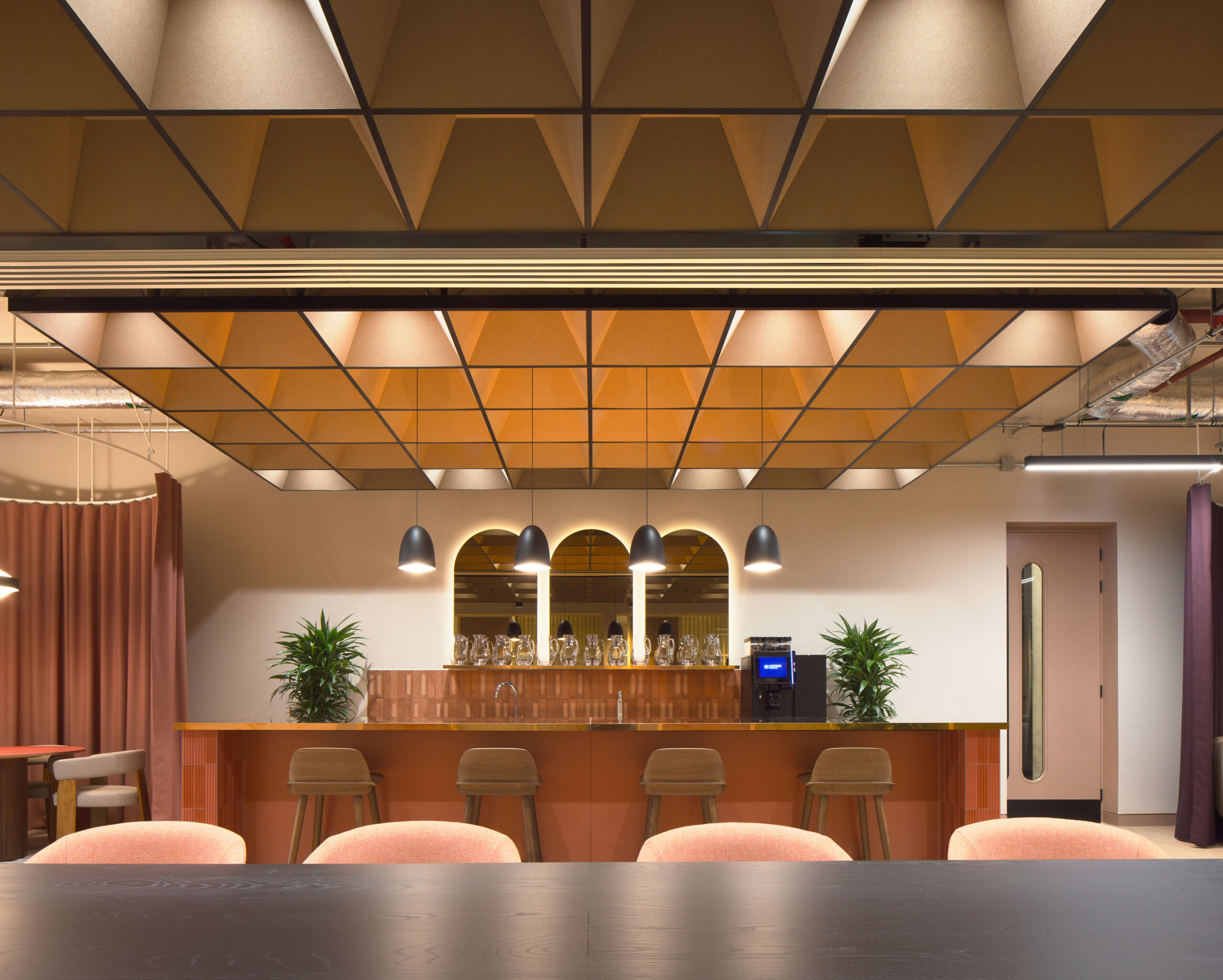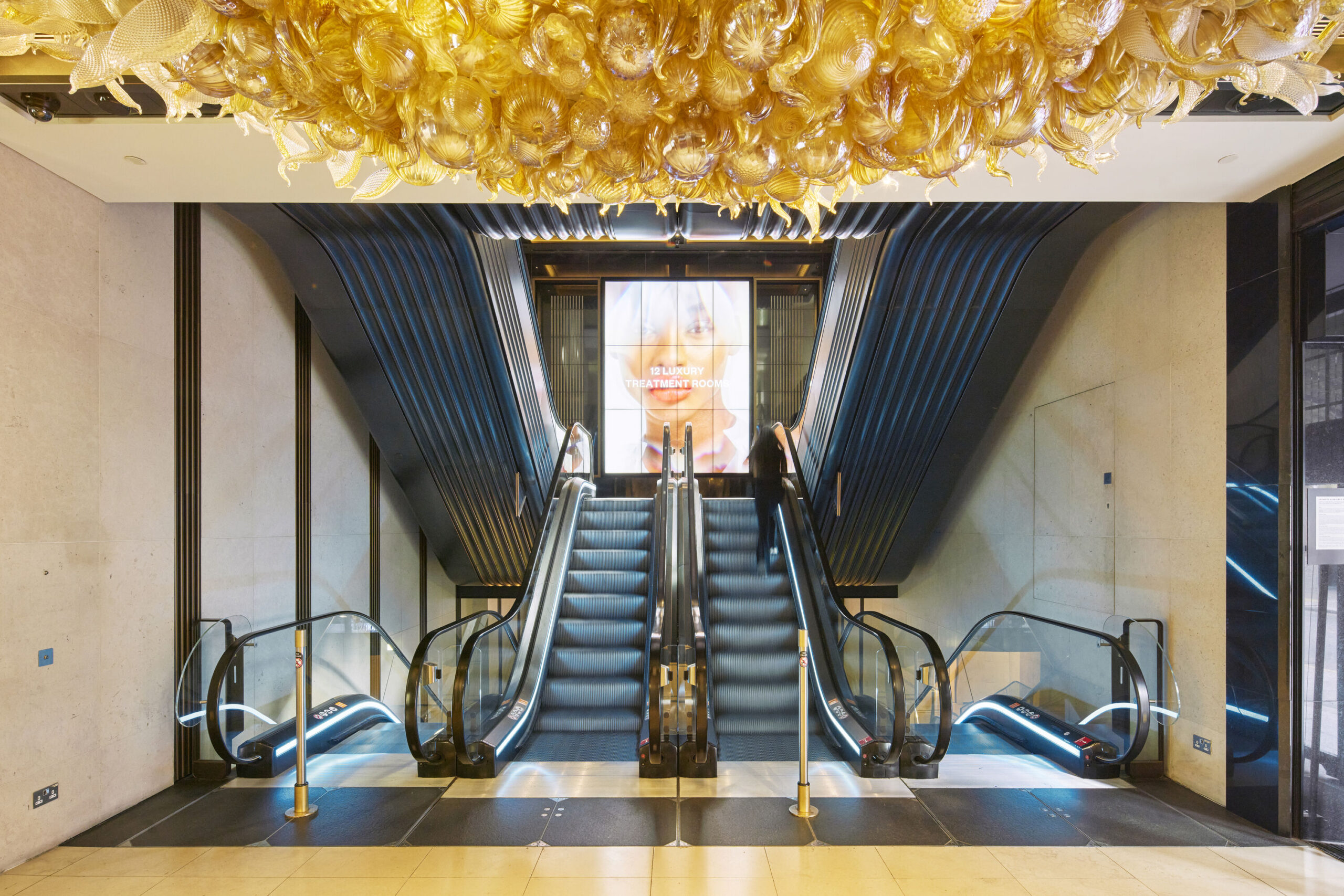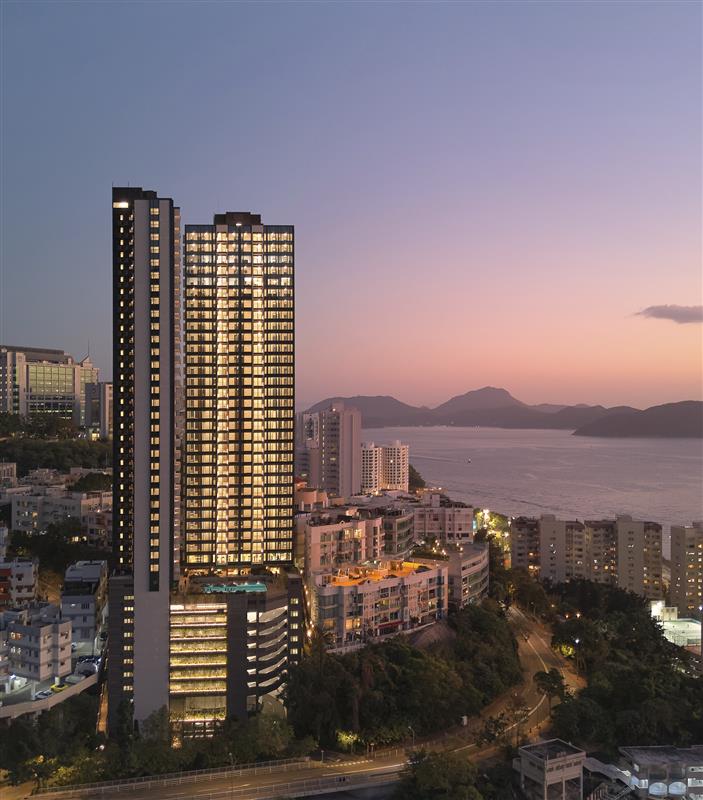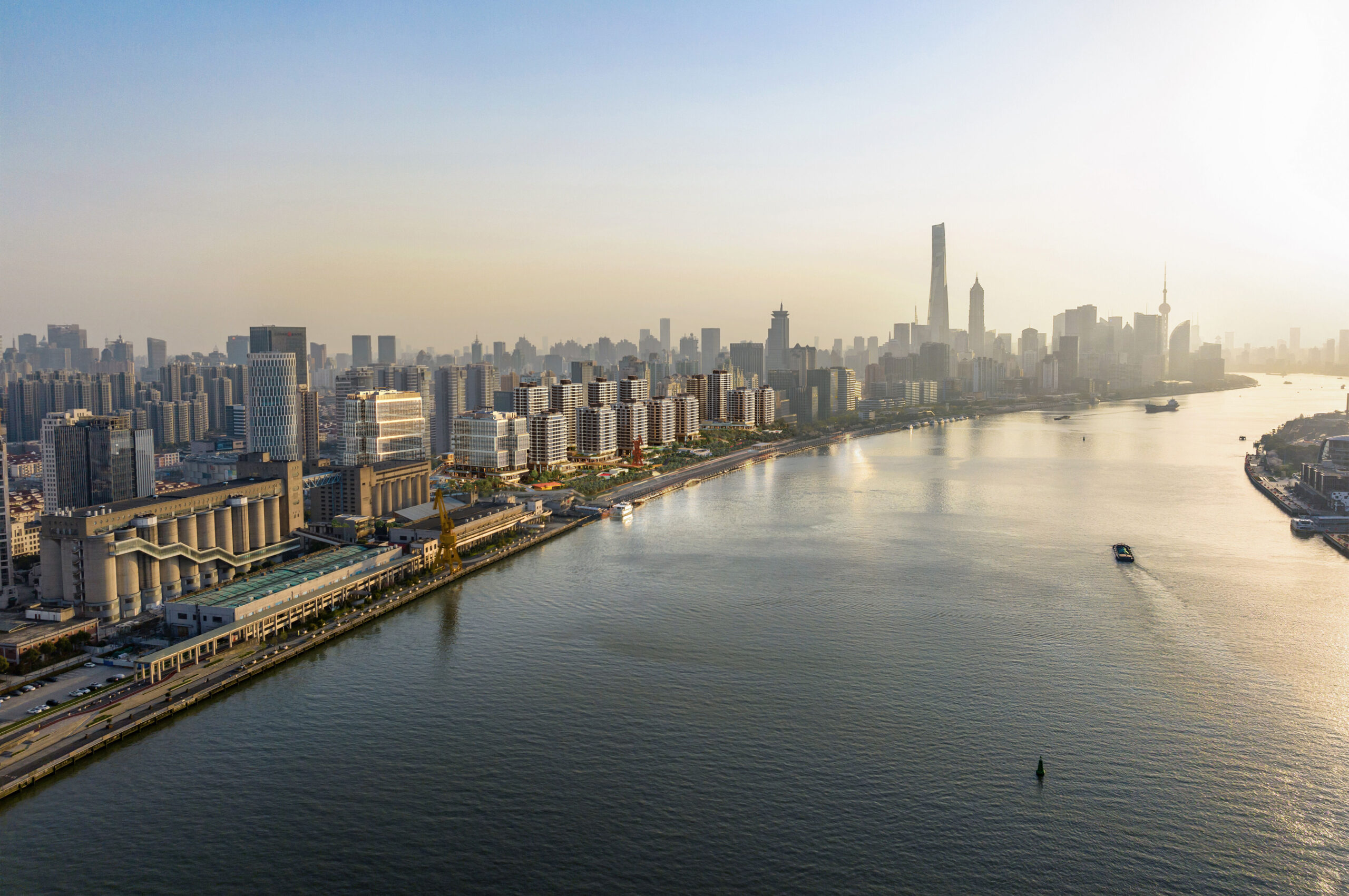
A great sum of parts
To make the model travel-proof, we decided to 3D-print it, as 3D-printed items tend to be sturdier than acrylic parts. Rather than print it as a single piece though, we split the main body into about 20 smaller components, which meant we could orientate each item to be printed in a direction that would allow for the best surface finish.
We produced the parts overnight on our ten Ultimaker 2 Extended+ printers, using white ColorFabb PLA filament for the main body. The tessellated, gently undulating roof was printed with clear ColorFabb XT filament. The generally high ‘tolerance’, or ability to fit with other components, of 3D-printed parts means we were able to quickly assemble all of the components with minimal finishing needed.

Final touches
Meanwhile, the balustrades and platform doors were laser-cut to achieve a finer level of detail. To give a sense of scale and animation, we printed cars and a train on our Formlabs Form 2 SLA 3D resin printer and sprayed them silver. Finally, we used a mix of different-sized white trees from the London-based model-making shop 4D Modelshop to illustrate the planting possibilities.






